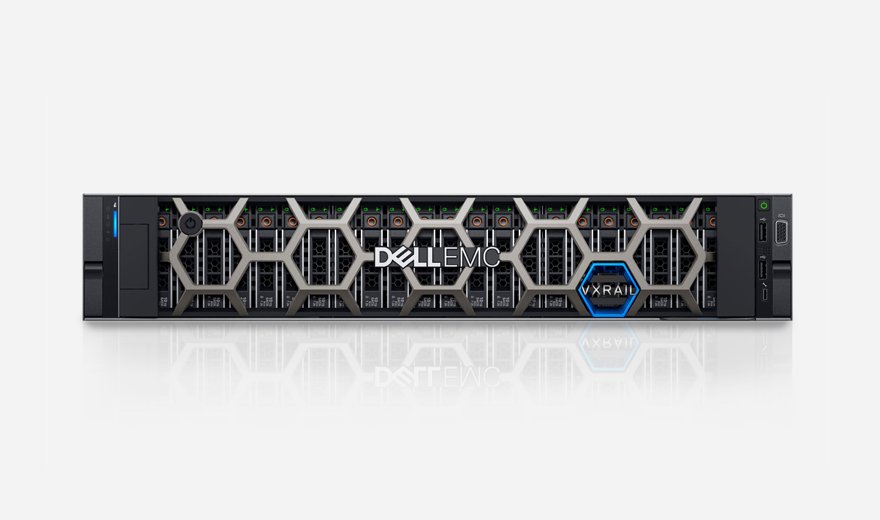Dell Technologies has announced Dell EMC VxRail hyperconverged infrastructure (HCI) systems with enhanced performance based on recently launched Dell EMC PowerEdge servers. The company also delivers new software advancements and the introduction of dynamic nodes that evolve how customers use VxRail to more effectively use existing resources and support demanding workloads with Dell Technologies storage.
As the only HCI system jointly engineered with VMware, VxRail delivers unique automation and orchestration capabilities that allow its more than 12,000 customers to accelerate business outcomes across core data centers, cloud and edge locations.
“Customers turn to Dell EMC VxRail because it provides a simple IT experience and path to hybrid cloud,” said Jeff Boudreau, President and General Manager, Infrastructure Solutions Group, Dell Technologies. “What makes VxRail so simple is Dell’s investment in software development that allows for easy adoption of our latest hardware, enhances the VMware experience and simplifies the entire IT lifecycle. Today’s updates help customers get more from their existing resources, support even more workloads and simplify deployment to better meet business demands.”
New VxRail systems with the latest Dell EMC PowerEdge server technology, including 3rd Generation Intel Xeon Scalable processors, deliver 42% more cores for faster performance when compared to previous generations. Optional Intel Optane persistent memory 200 series increases bandwidth by 32% on average over the previous generation.
Select VxRail systems are also being updated with 3rd Generation AMD EPYC processors, offering customers flexibility and scalability with up to 64 cores per processor with increased performance to support a wide range of workloads and use cases.
Continued advancements to VxRail HCI System Software allow for a seamless experience when adopting next generation platforms with simplified VxRail deployment and management. Other VxRail system enhancements include:
- VxRail V Series now offers NVIDIA A40 or A100 Tensor Core GPU options. When combined with NVIDIA AI Enterprise software and NVMe caching capabilities, they offer greater performance and simpler deployment for demanding AI and machine learning applications.
- VxRail P Series provides up to a 20% increase in capacity to better support a range of workloads such as VDI, streaming video and medical imaging.
- VxRail E Series offers customers more flexibility with 50% more PCIe slots to add additional resources such as network or fibre channel cards.
Customers can also expect faster application response from Intel-based PowerEdge systems with the addition of PCIe Gen 4, which doubles bandwidth and offers 33% more PCIe lanes to speed data processing.
Dell Technologies also introduced VxRail dynamic nodes—compute-only systems designed to help customers simplify operations, better manage storage resources and reduce costs by supporting more workloads and extending VxRail environments to include external storage options. Customers can expand VxRail’s operational model to external storage by sharing VMware vSAN storage capacity across clusters via VMware vSAN HCI Mesh.
VMware Cloud Foundation on VxRail, as a hybrid cloud infrastructure platform, can be configured with dynamic nodes to use Dell EMC PowerStore, PowerMax or Unity XT as primary storage. Customers can flexibly scale compute and storage independently to meet workload needs, extending VxRail’s operational model and tight VMware integration including support for VMware Virtual Volumes with a single source of Dell support.
VxRail systems with Intel 3rd Generation Xeon processors will be globally available in July 2021. VxRail systems with AMD 3rd Generation EPYC processors will be globally available in June 2021. VxRail HCI System Software updates will be globally available in July 2021. VxRail dynamic nodes will be globally available in August 2021. VxRail self-deployment options will begin availability in North America through an early access program in August 2021.










Discussion about this post